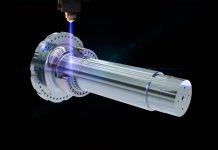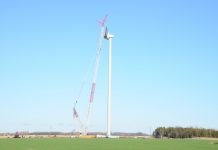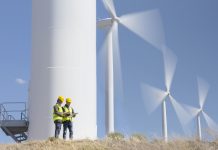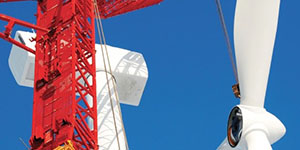The hard-working technicians focused on wind-farm preventative maintenance face a paradoxical challenge: delivering energy to an industry that prizes reliability and consistency while dealing with conditions that seem diametrically opposed to those goals — extreme temperature fluctuations, exceedingly complex maintenance logistics, and weather patterns that defy expert predictions.
That’s exactly why the experts at ExxonMobil, for example, have developed warranties to support its products and go beyond traditional coverage. By using simulations of extreme operating conditions and AI-powered analytical data, these warranties help drive high-quality product development to push the industry benchmarks forward while providing peace-of-mind for customers.
Wind Power Challenges: Extreme Conditions
For those working in the wind-power sector, unpredictable conditions are standard. Perched atop towers hundreds of feet above the ground, the components of a wind turbine are routinely subjected to varying temperature changes, relentless weathering, and — of course — high-wind velocities.
These external and uncontrollable factors make routine maintenance significantly more complicated. Correctly observing safety protocols while putting a technician in the position to examine the components and lubricants of a turbine requires taking the wind generator offline for significant periods of time. Every moment offline has an impact on the operator’s bottom line. It’s also possible the consequences of unplanned maintenance could have an even more detrimental ripple effect across the rest of the operator’s business.
In a sector like power generation, where optimizing equipment performance is the norm, even slight inefficiencies can compound quickly — but so can advantages.
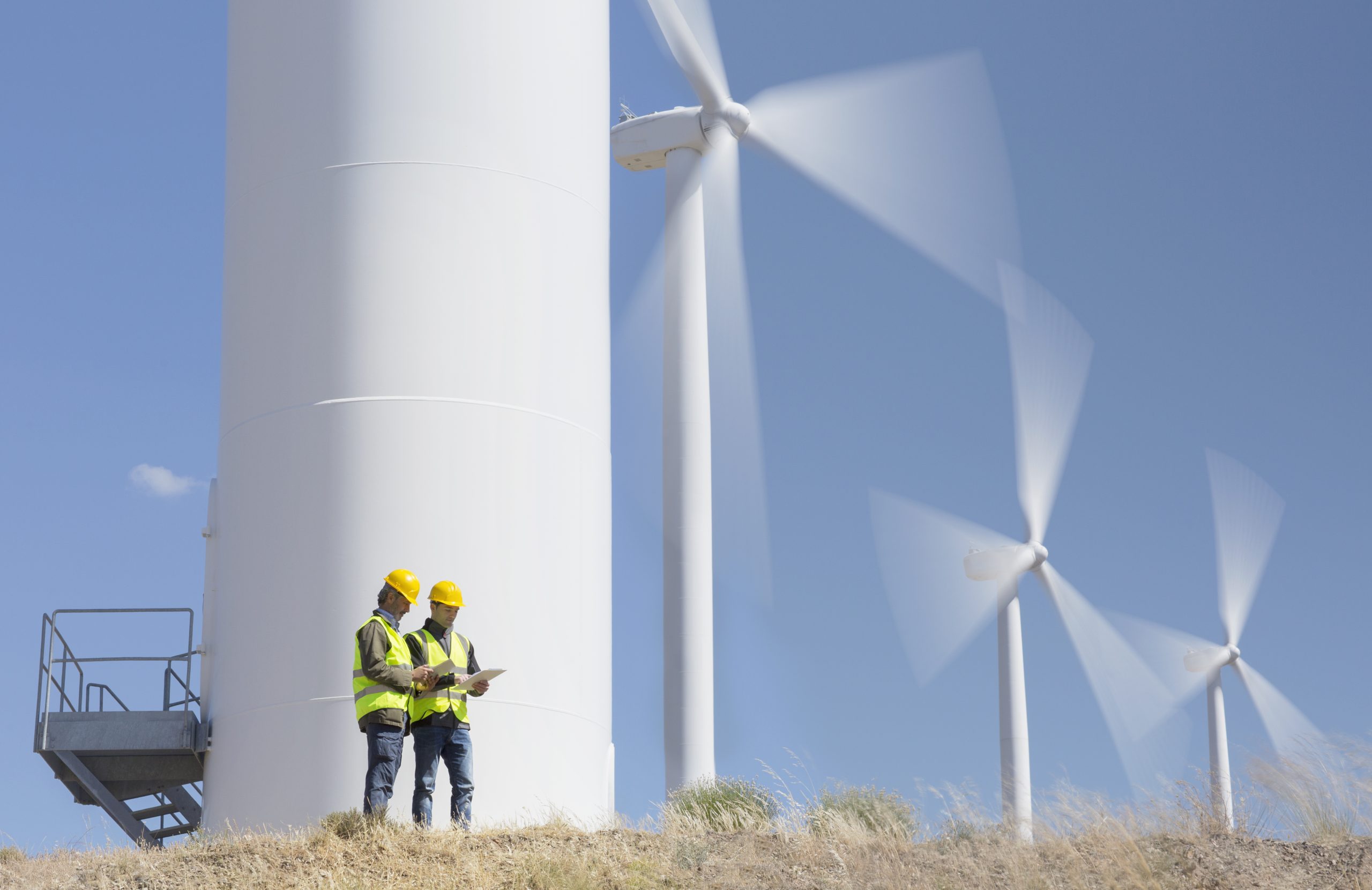
4 Advantages of Warranties
Warranties aren’t only about covering the cost of failures — when designed properly, they’re also about preventing them. Companies like ExxonMobil can develop warranties on their products because they want to be part of the solution: These warranties help wind farms meet demands, prevent failures, and maintain peace-of-mind to focus on longer-term challenges and operational optimization.
For wind-farm operators, lubricant warranties such as those offered by ExxonMobil can give several key advantages:
- Enable operators to plan around a structured maintenance schedule.
- Reduce the need for frequent oil analysis or premature lubricant changes.
- Support a shift from reactive to predictive maintenance strategies.
When wind farms have assurance that a product will continue to perform optimally until a given date, they can have the confidence to build the rest of their schedule around that promise.
This is especially valuable in a sector like wind power, where market demands force you to continually produce power. When going offline unexpectedly can have severe consequences, routine maintenance — which requires sizable segments of a wind farm going offline — runs with exacerbated risks. It’s during these times that warranties provide the certainty necessary to achieve quarterly or annual goals.
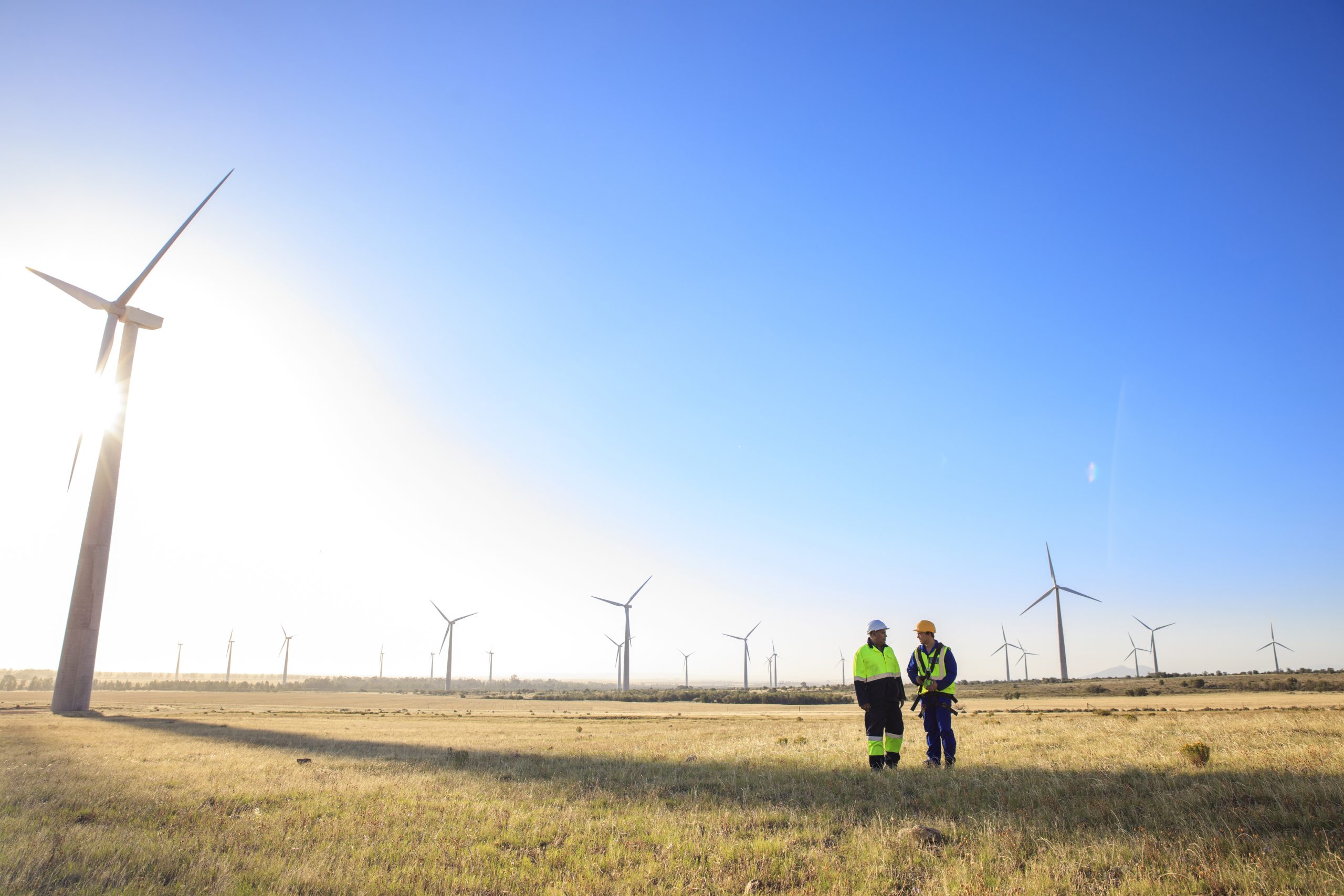
How ExxonMobil Develops Its Warranties
Developing a trusted warranty — one that ExxonMobil shares confidently and stands by — is no easy task, especially since real-world testing is logistically impossible. With products designed to last a decade or more in an industry that constantly reinvents itself, testing them for any given length would mean the components they’re supporting would outstrip them and leave the products obsolete.
To stay on the cutting edge, ExxonMobil’s technicians use a system called “accelerated life testing.” This uses increased temperatures and the introduction of catalysts such as copper and iron to simulate field conditions for wind-farm products. By mimicking these contaminants and harsh degradation, technicians can reliably predict how their products will react once they’re working with your components.
These experts have also begun to use AI-driven analytics models to predict long-term lubricant performance. These data-driven analyses are helping develop new formulations and advance performance industry benchmarks further.
Pushing the Industry Forward
ExxonMobil’s warranties aren’t just about supporting their products — they’re a reflection of the company’s investment in this industry’s future. The success of its products isn’t measured solely by units sold or lifespan, but by how effectively they empower wind-farm operations to thrive.
To enable the highest rate of success, ExxonMobil isn’t developing these warranties — or any of its products — in a silo. The company has worked closely with original equipment manufacturers (OEMs) to develop products narrowly tailored to industry needs.
It’s through these OEM collaborations that ExxonMobil is able to secure third-party certifications that validate enhanced product performance while collaborating with technology partners and supplies to ensure they’re optimized for the latest cutting-edge equipment.
Developed as a direct response to customer needs, these warranties reinforce an operation’s stability, productivity, and efficiency, providing the peace-of-mind that any operation needs to drive the industry forward. At ExxonMobil, warranties are not just a promise, but a platform for progress — one that enables everyone using the company’s products to operate with confidence, innovate with purpose, and lead the energy transition.




